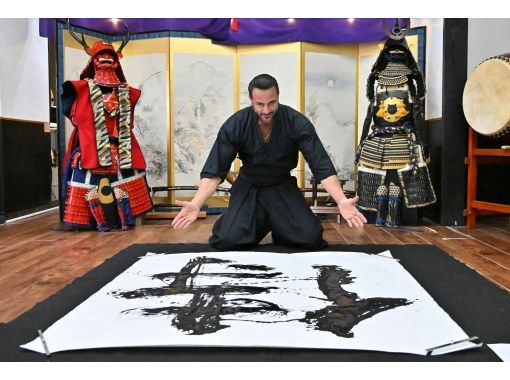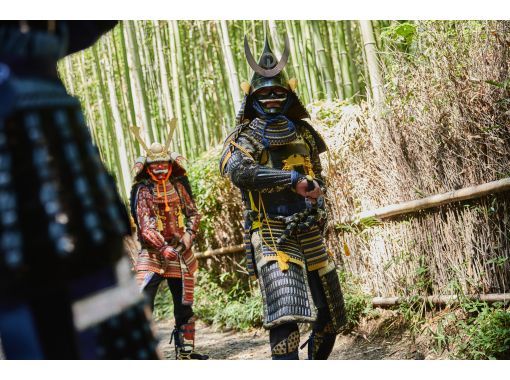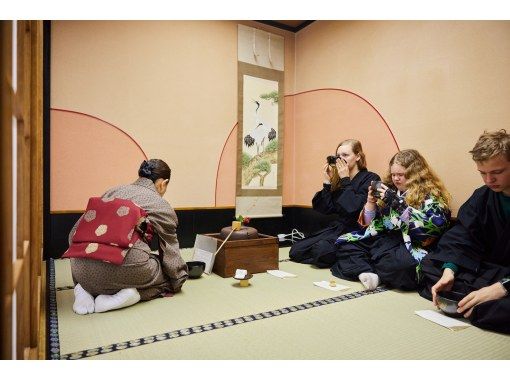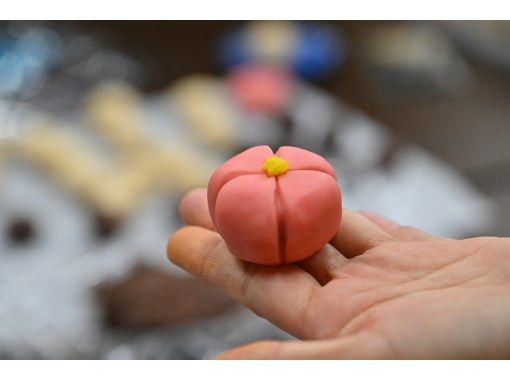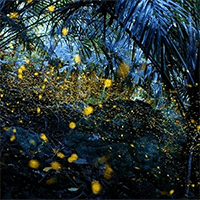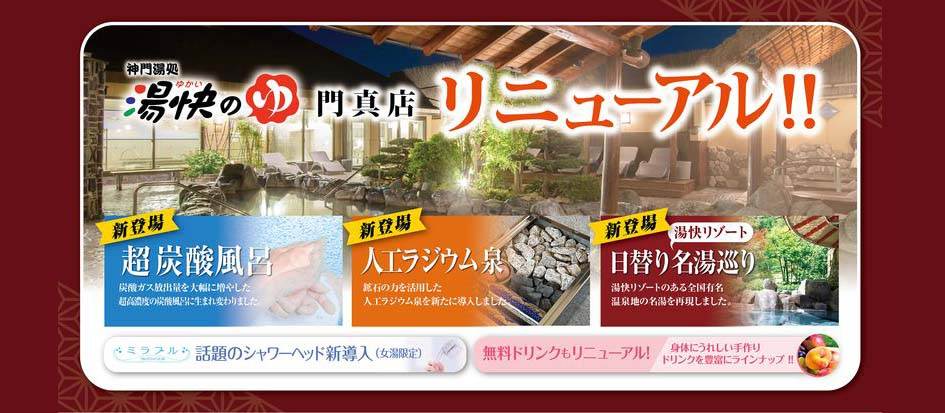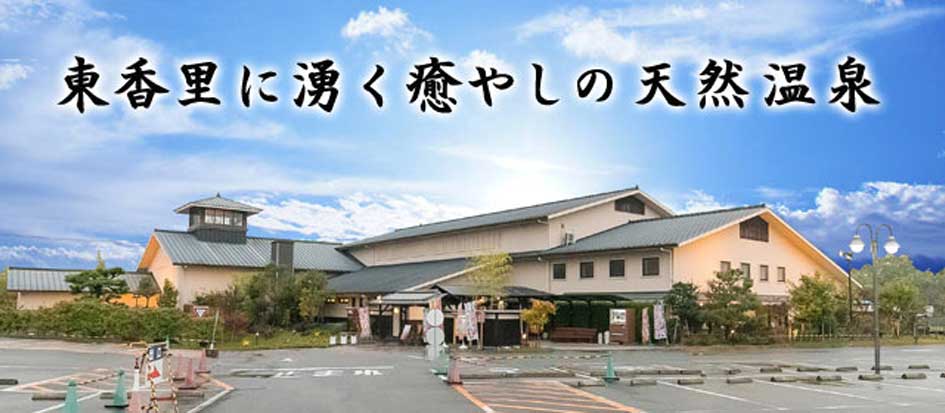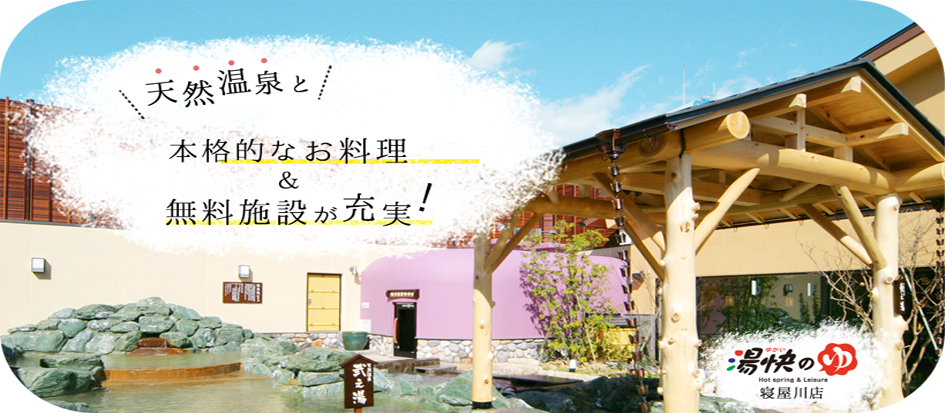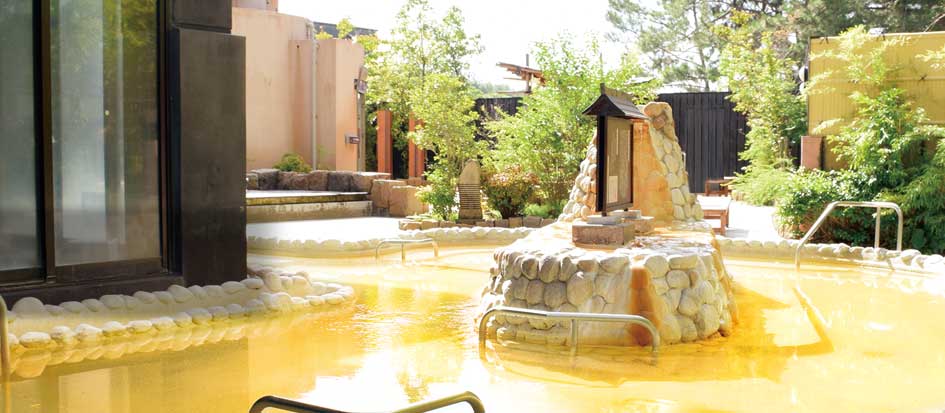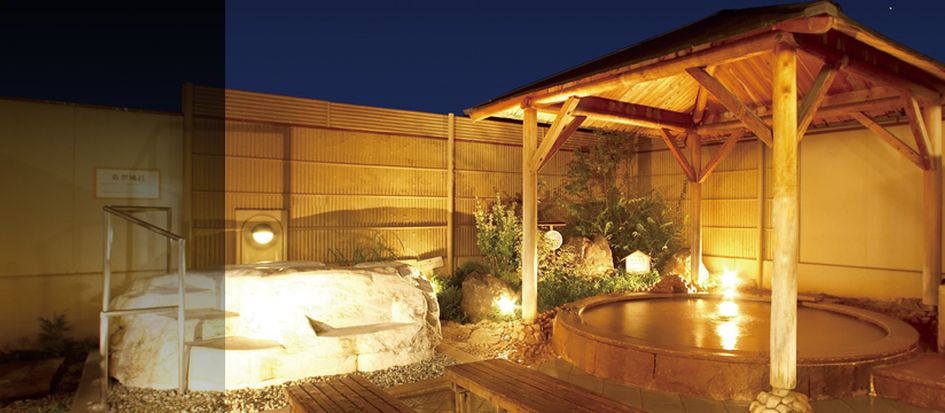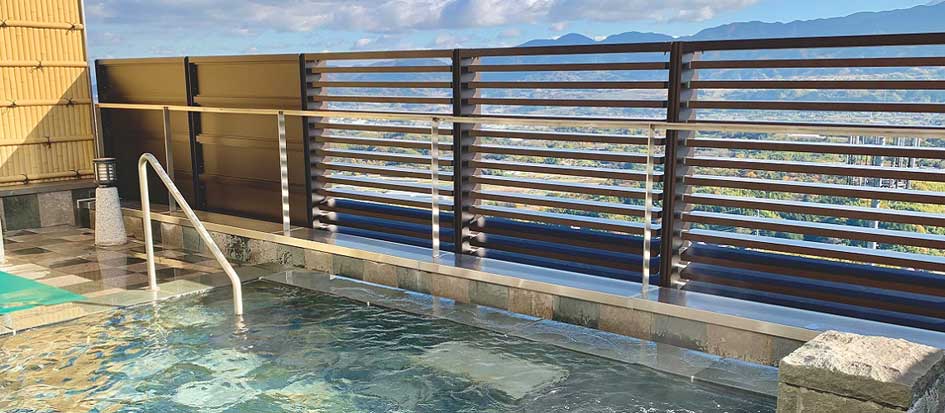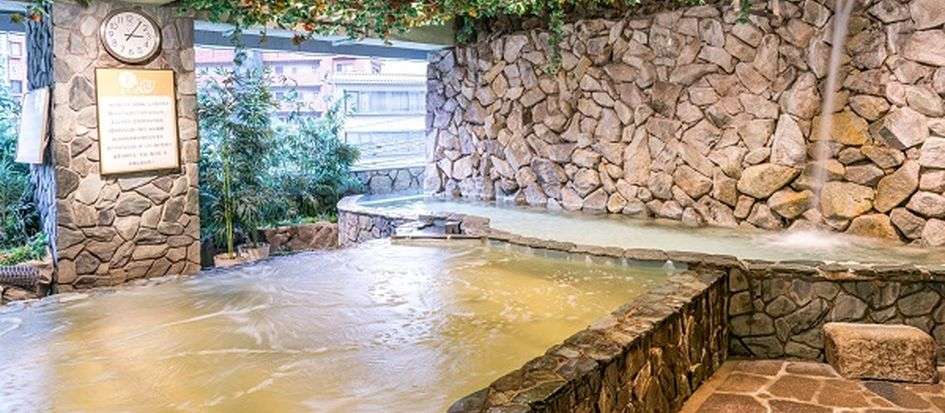- 3歳~80歳
- 09:00 / 14:00
与那国島観光を楽しみたい方必見! ★ガイドの解説付きツアーで与那国を120%満喫しよう! ★与那国島在住のガイドがおすすめの王道スポットをご案内! 空港又はご宿泊先までお車でお迎え!ガイドと合流したら早速ツアーに出発しましょう! 通常の観光だけでは分からない、島民ならではの話も盛りだくさん! 【ツアー当日のスケジュール例】 9:00/14:00 与那国空港/ご宿泊先お迎え (ガイドと合流できたら早速ツアー出発!) ↓ ◆ご紹介スポット◆ 東崎灯台(ヨナグニウマ) Dr.コトー診療所ロケ地 比川商店 与那国海塩 日本最西端の碑 ※当日の天候や進行状況などにより、ご紹介スポットを変更する可能性がございます ↓ 12:00/17:00 与那国空港/ご宿泊先へお送りいたします。 ※当日の天候やスケジュールは多少前後する場合がございます。
- 6歳~75歳
- 1~2時間
- 10:00 / 11:00 / 12:00 / 13:00 / 14:00 / 15:00 / 16:00 / 17:00 / 18:00 / 19:00
Activities,1 ➤Learning Calligraphy Resignation is literally a person's resignation from this world, or the words he writes to say goodbye to this world as he prepares to die. They are his last words, In this plan, you will write a letter of resignation to prepare for death before going to war in the Warring States Period, when life and death were always next to each other. Highlight 01 ➤Decide on the last character. Each kanji character has its own meaning, so please reflect on your life and think carefully about it. ➤Practice basic brush strokes and the stroke order of the chosen kanji. Activities,2 One character for resignation Reflecting on your life so far, imagine a story about whom and what kind of feelings you would like to leave behind, and think about the character composition (design) of your last character in this world. - Highlight 02 ➤With an oversized brush, more than five times larger than usual, the artist puts his soul into creating a powerful, fragile, and beautiful single character on a 150cm x 150cm sheet of paper. By expressing the whole body dynamically, the artist can freely manipulate the oversized brush.
外国のお友達をつれて一緒に参加させて頂きました。 珍しくて楽しい経験ができてとても喜んでおりました。 先生方もとてもポジティブにご指導して下さり本当に楽しかったです。 ありがとうございました。
- 6歳~75歳
- 1~2時間
- 10:00 / 11:00 / 12:00 / 13:00 / 14:00 / 15:00 / 16:00 / 17:00 / 18:00 / 19:00
【Preparation】 Calligraphy is an aesthetic expression of Japanese culture. Before experiencing calligraphy, we will ask you to change into Japane 【Explanation】 First of all, we will explain about the mental attitude and tools.You will better understand the differences between foreign Caligraphy and Japanese "Shodo". The instructor will explain how to hold the brush and how to use the tools.Please choose your favorite Japanese Kanji character to try in this experience. 【Practice】 Calligraphy has a sense of quietness and beauty. Essentially, it is important to have basic manners, such as sitting upright, keeping your back straight, and holding your brush upright. There are basic techniques such as "tome," "hane," and "harai," which should be practiced. Learn the stroke order of the chosen kanji. Learn by observing the teacher's demonstration with a model.Practice the kanji you have just selected with an awareness of the technique. 【Special】 Teachers have applied kanji to the foreign names of our clients and come up with Japanese-style names written in kanji. 【Seisho】 Participants will be asked to write their chosen kanji characters on a fan and a piece of calligraphy paper, keeping in mind what they have learned so far.
This was a great class. Kaori was a great teacher and we had plenty of time to practice our brush strokes before doing our final product. She also went through some of the history of writing styles. Great experience and would highly recommend this class. Kaori also premade some writings with our names before we got there on a small piece of wood and on paper in 3 different styles.
- 10歳~70歳
- 2~3時間
- 11:00 / 14:00 / 17:00 / 20:00
Let's learn the bushido and experience the samurai spirit. What is the most important thing for a samurai? Wearing hakama, sandals, and a sword, and learning etiquette, manners, and kata. We call it the BUSHIDO sign. Next, as a BUSHIDO LEARN, you will experience the weight and sharpness of a real Japanese sword. We will learn the basics of swordsmanship (Battou and Nattou). We will take a break with SAMURAI TEA on the way. You will be entertained at a tea ceremony, as samurai risked their lives to "entertain" and "be entertained". Before participating in the final battle of the Warring States Period, the Battle of Osaka, the participants are asked to prepare for death and reflect on their own lives, writing their last words with a large brush on every piece of paper. This is called Deathbed calligraphy. At last, he puts on his armor and helmet to become a bushido master and goes to battle at the castle of Osaka to gain military merit in the battle of Osaka. However, when the defeat was imminent, the samurai, for the sake of honor, would not suffer the shame of the noose, even if they lost the battle, but would die by harakiri or cutting their belly before being captured.
- 10歳~70歳
- 2~3時間
- 11:00 / 14:00 / 17:00 / 20:00
Calligraphy/Samurai Calligraphy/Tea Ceremony/which is related to Zen Iaido and Armor, both of which are related to Bushido. This plan allows you to experience all of these. -Practice calligraphy Learn how to prepare yourself for calligraphy, and practice how to hold a brush and use tools. Practice basic brush strokes such as “tome”, “hane”, and “harai”. Choose a Kanji character and follow the stroke order to practice. -Samurai Calligraphy When a samurai foresaw his death, he reflected on his life and wrote down his last words on earth with a brush. -Tea Ceremony The master of the tea ceremony prepares and serves powdered green tea to the guests. This is a great way to learn etiquette, manners, beautiful gestures, and the spirit of hospitality. -Samurai Sword Trial Cutting You will learn how to use a sword and become aware of your self-respect and the responsibility of carrying a deadly weapon. Try your hand at slashing. Experience the best cutting edge in the world. -Wearing Armor In April 1615, the “Osaka Summer Battle” began. You, a member of Toyotomi's side, will wear a suit of armor and participate in the battle. You will be photographed on the grounds of Osaka Castle, pretending to be the b,
- 6歳~75歳
- 1~2時間
- 10:00 / 12:00 / 14:00 / 16:00 / 18:00 / 20:00
-Tea Ceremony Zen is alive and well in traditional Japanese culture, and by learning the tea ceremony, you will learn etiquette, manners, beautiful gestures, and the spirit of hospitality. - Attitude Rei begins and ends with rei. This is the idea that not only the host entertains, but also the guests respond to the host and together create a sense of togetherness. - Tea Ceremony Students learn various rules. - The owner of the tea house will prepare and serve powdered green tea to the guests, who will be treated with hospitality. - You will be asked to serve tea to the guests with an awareness of the mindset and manners of the tea master. -Calligraphy Zen exists as a visual trace. Japanese calligraphy has a delicate sense of beauty, and the subtle changes in fine lines, dots, and shading enhance its beauty. -The course will begin with an explanation of the preparation and tools, and then we will practice how to hold the brush and use the tools. -Basic brush techniques such as “tome,” “hane,” and “harai” will be taught. -Choose a Japanese kanji of your choice and practice writing it according to the stroke order. -With what you have learned so far in mind, write your chosen kanji on the calligraphy paper.
- 6歳~75歳
- 1~2時間
- 10:00 / 12:00 / 14:00 / 16:00
-Wagashi is traditional Japanese confectionery that expresses the seasons. Wagashi is characterized by colorful designs and beautiful craftsmanship, each created by hand by artisans. -Learn about the history and culture of Japan Wagashi is a unique food to Japan and strongly reflects the Japanese spirit of appreciating the four seasons, and it is said to have a beauty that is similar to that of wabi and sabi. - “They are too beautiful to eat. The first thing that strikes you when you are confronted with wagashi is how beautiful they look. They are filled with a delicate and gentle charm that is immediately recognizable as handmade, expressing the four seasons. -They reflect the Japanese people's love of the four seasons and their sense of beauty. Wagashi value the “seasons” so much that we cannot talk about them without mentioning spring, summer, fall, and winter, and express the seasons through three elements: appearance (design), ingredients used, and names. - “Delicious” is written as beautiful taste. First, enjoy it visually, then imagine from the name, weave a story, and enter the world of taste. Wagashi is not something that is just served and then taken in a snap.
最近チェックしたプラン
少々お待ちください

